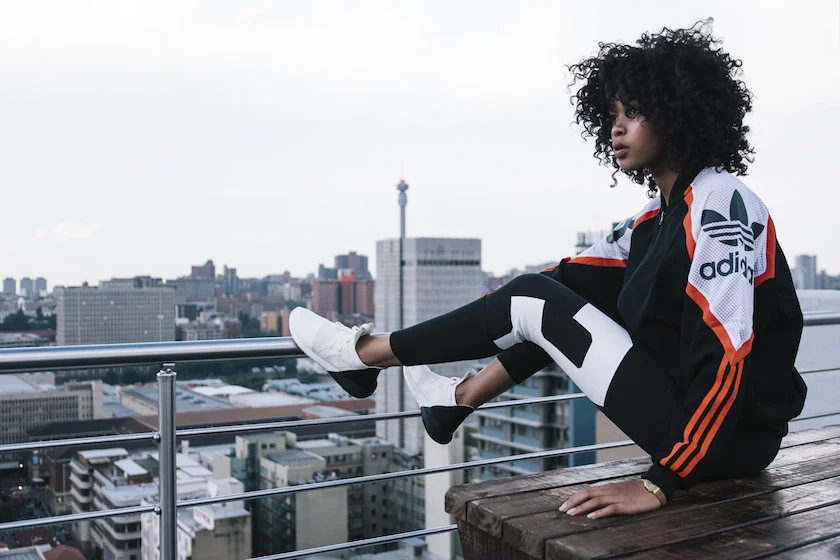Adidas #BehindTheScenes
Lacking diversity yet endorsing Black celebs? Shocking.
Pharrell Willaims x Adidas Tennis Collection
On last Wednesday, The New York Times reported a racial diversity discrepancy within the US headquarters of Adidas based in Portland, Oregon. A number of anonymous Black employees shared their discomfort within the workplace due to lack of inclusion in boardroom meetings, unconscious discriminatory profiling, and passive racial slurs. On top of this discomfort, Black employees feel singled out by sitting together in the corporate cafeteria. They fear this notion of creating their own table would potentially interfere with professional progression based on the idea others feel they are excluding themselves from the ‘Adidas mold.’ Irony.
Playboy Carti, 21 Savage, And Young Thug Introduce Five adidas Originals Crazy Sneakers
There is no secret large corporations have issues with diversity within the workplace - the fact that a Diversity and Inclusion report was issued is evident in itself. The most troubling note to take away regarding Adidas’ racial diversity problem is the exploitation of Black consumption the brand has underwent for ages. With recent endorsements of Beyonce and Kanye West, partnering with Black athletes and young Black artists for campaigns, and a strong inclusion of racial representation among their social accounts, it’s disheartening to know one of the few brands where inclusion felt real is still falling short with who helps makes decisions at the table.
Lulama for Adidas SS16 Campaign, courtesy of Marie Claire South Africa
With less than 4.5% of the workforce identifying as Black at Adidas, how is one genuinely going to feel a sense of value when the demographic is built off the backs of exclusion? As Black consumers, how will we know if any of these brands profiting off of our economic dollar are really for us? In most instances, it is rather easy to spot when a fashion brand’s aim is to solely be publicized or tap into the Black dollar when they throw a Black model and her ‘fro into a campaign or runway show. Every season, brands continue to recognize diversity and inclusion as merely a marketing tactic to serve their bottom line and it shows. From tone deaf advertisements to wardrobe pieces with nooses, the lack of diversity a company has in its boardroom can always be spotted by the Black consumer. Yet, Adidas made a conscious effort to ensure their lack of racial diversity wasn’t. How? How did Adidas perfect hiding their race issue?
Pharrall Williams and Pusha T, courtesy of WWD
Simply by developing business relationships with Black men in the music industry; fashion icons the world looks up to. As stated by the New York Times, ‘Mr. West helped to make Adidas cool again.’ Once the Yeezy brand was established, other Black moguls such as Pharrell Williams and Pusha T followed suit. When it comes to streetwear (or a more mainstream term ‘athleisure’), the Hip Hop industry has had such a major impact and Adidas was aware of this. In the late ‘80s Hip Hop era, breakdancers would wear Pumas and Adidas sneakers (due to low weight and durability), Kangol hats, and tracksuits to perform in. While fashion has evolved, streetwear brands have held on to the idea that ‘Hip Hop is the New Black’ by incorporating modern Hip Hop stars into their partnerships and strategies.
White owned corporations are profiting off Black style and music yet we, as Black consumers, continue to allow them to do so by being sucked in by Black endorsements. It seems no matter how much hope we put into a brand to be inclusive, the truth always seems to come out about what goes on behind the scenes. It also seems no matter how much we, the #BlackinFashion community, seem to create a place of inclusion among one another, everyone else will always assume its ‘anti-them'.’ So, given their intimidation of us creating our own lane is already on the forefront, the question is: Are we ready to make our own table now?




